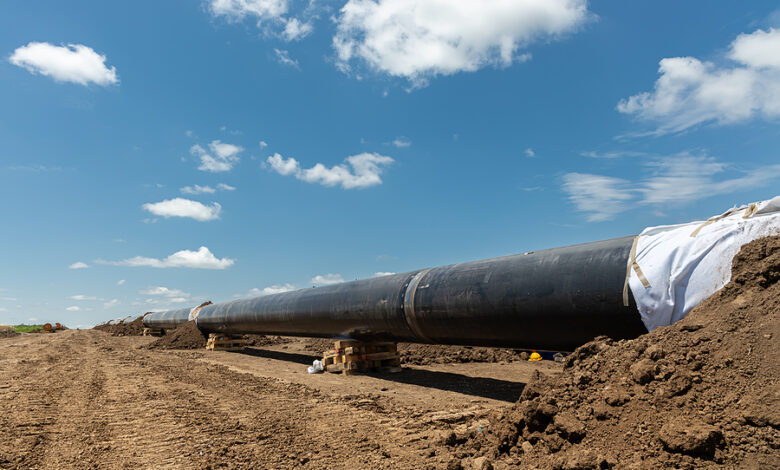
There are significant concerns among area residents regarding the construction and operation of a proposed carbon pipeline in the counties of Hancock, Worth, and Cerro Gordo Counties. Residents claim to have been threatened with eminent domain proceedings if they do not give up their land along the construction route. They have also expressed serious concerns about possible breaks in the line causing a toxic carbon cloud to be released for miles around the leak.
Summit Carbon Solutions reached out to KIOW/KHAM News to try and answer some of these concerns. One of these was what was actually going to be in the pipeline according to John Saterfield with Summit Carbon Solutions.
Once the carbon in liquid form has been transported through Illinois, Iowa, and Minnesota, it will be pumped down into the ground in the Dakotas. Will it stay there? The north Iowa area sits on a huge uranium deposit allowing for radon gas to emanate from the ground. Carbon is also a byproduct of silage and dead grasses, weeds, and crops. Saterfield assures that this issue has been addressed.
Saterfield was asked about pipelines surfacing. He admitted that there is a possibility that lines could undergo depth changes. He said his lines would be buried four feet deep into the ground.
Some local pipelines have come within a foot of the surface. KIOW recently covered a story where a gas line was near the surface preventing any farming above the line.
These same projects have used wide diameter pipelines which require large equipment to dig out the trench to lay the pipe. Saterfield implied that his company tries to avoid resulting soil compaction and destruction from these large machines. He also stated that they have a way to try and maintain topsoil.
The question still remains that even some of the best laid plans may not be enough to preserve the land slated for the pipeline. This will then mean that farmers and landowners may need to take a risk if they decide to agree to sign over easements.




